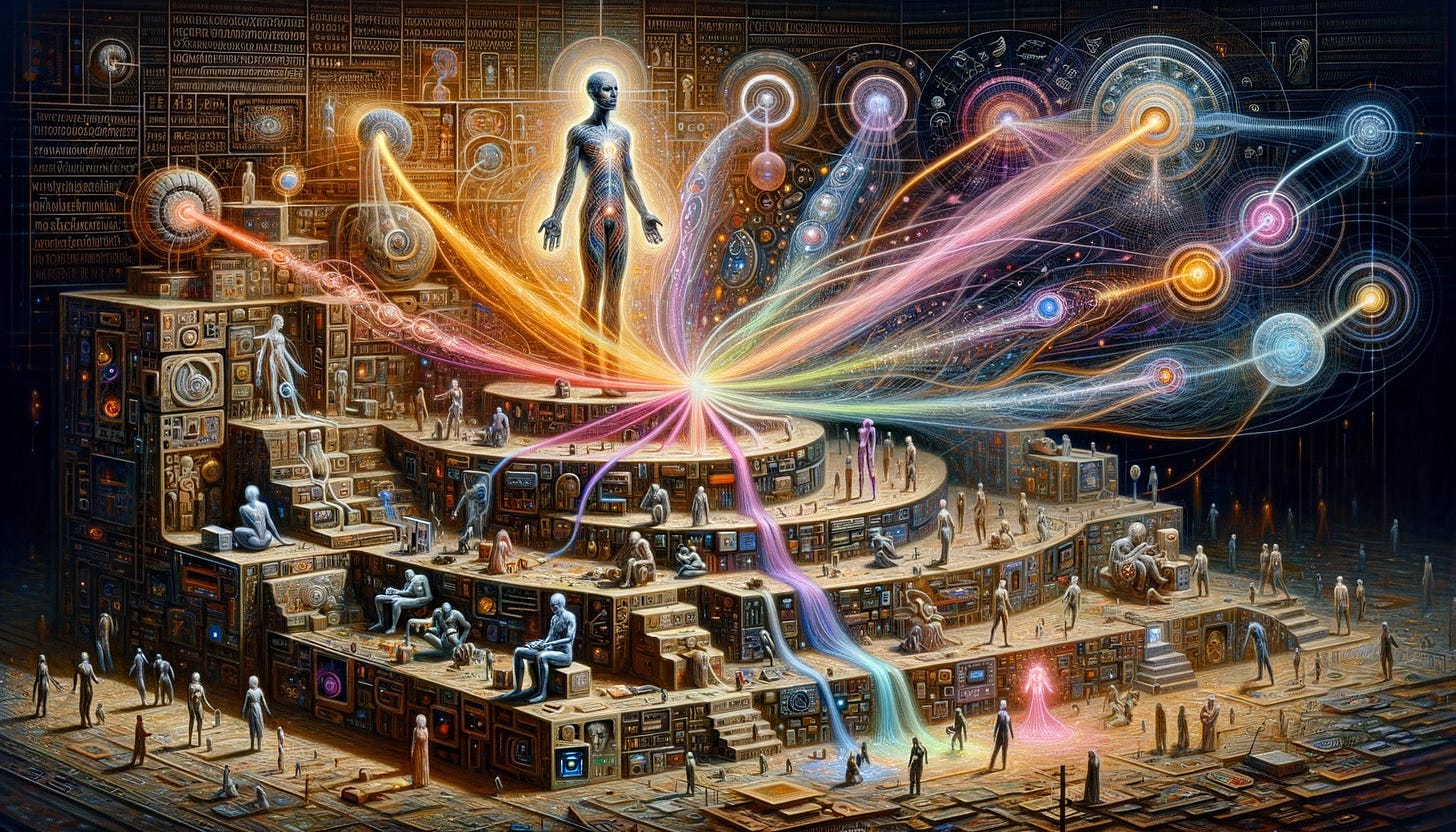Reversing Atomism: Decoupling Source–Sink Dynamics of Matter
For more than two millennia, physics has built on the idea of atomism — that reality is composed of discrete, indivisible particles. This model has been powerful and practical, but it also hides something fundamental: the field behaviors that make particles possible in the first place.
The new framework emerging from harmonic and phase-locked models suggests a profound reversal: matter is not the foundation of the universe, but the residue of stable negotiations between sourcing and sinking processes within a continuous medium.
1. The Shift from Particles to Processes
In this view, fields come first. Localized concentrations of coherence — whether atomic shells, planetary rings, or stellar plasmas — are standing patterns in a field that is constantly flowing. The apparent solidity of an atom or planet is the temporal persistence of this pattern, not a fixed “thing.”
Instead of building reality from particles, we derive particles from persistent resonances:
Matter is not composed of atoms; atoms are composed of stable events.
2. Sources, Sinks, and the Flow of Coherence
Every region of spacetime participates in a constant exchange between source behavior (radiating, emitting, outward flow) and sink behavior (absorbing, integrating, inward flow). The Sun and planets exemplify this relationship:
The Sun acts as a source — radiating coherence into the system.
The planets act as sinks — integrating and storing that coherence as structured memory.
In field terms, this can be represented as a bidirectional flux of phase information, where source terms inject coherence and sink terms accumulate it into form.
3. The Local Atom as a Negotiated Equilibrium
If this pattern is universal, then atoms themselves are microcosmic versions of the solar system: local source–sink pairs locked into resonance.
The nucleus serves as the integrator or sink.
The electron shells function as radiative oscillators, continually feeding energy into and out of the atomic field.
This balance creates the conditions for apparent stability — a frozen wave pattern held by reciprocal flow.
4. Decentralizing the Cosmos
Once we recognize that sourcing and sinking are field-level behaviors, not properties of particular bodies, the idea of cosmic decentralization follows naturally.
The universe is full of potential nodes of creation.
Every localized coherence pocket can, in principle, behave as a miniature star or planet — given sufficient phase alignment with the background field.
This redefines what “energy generation” means: it’s not the extraction of stored fuel, but the tuning of spacetime into a state that naturally self-feeds coherence.
5. Implications for Energy and Life
If mass is the integral of change, then life and consciousness may simply be more refined versions of the same process — feedback loops that negotiate between inflow and outflow, between memory and novelty.
From this perspective:
Energy is not something we consume; it’s the dynamic expression of local coherence.
Life is not a chemical anomaly; it’s a strategy for maintaining source–sink balance across scales.
The same physics that stabilizes stars might stabilize minds.
6. Toward a New Ontology
Reversing atomism doesn’t negate modern physics — it contextualizes it. Quantum mechanics describes the statistical behavior of standing waves, while relativity maps how coherence warps time and space.
But beyond these, a more complete picture emerges:
The universe is not a collection of things, but a choreography of flows.
Matter is how the mind remembers itself.



